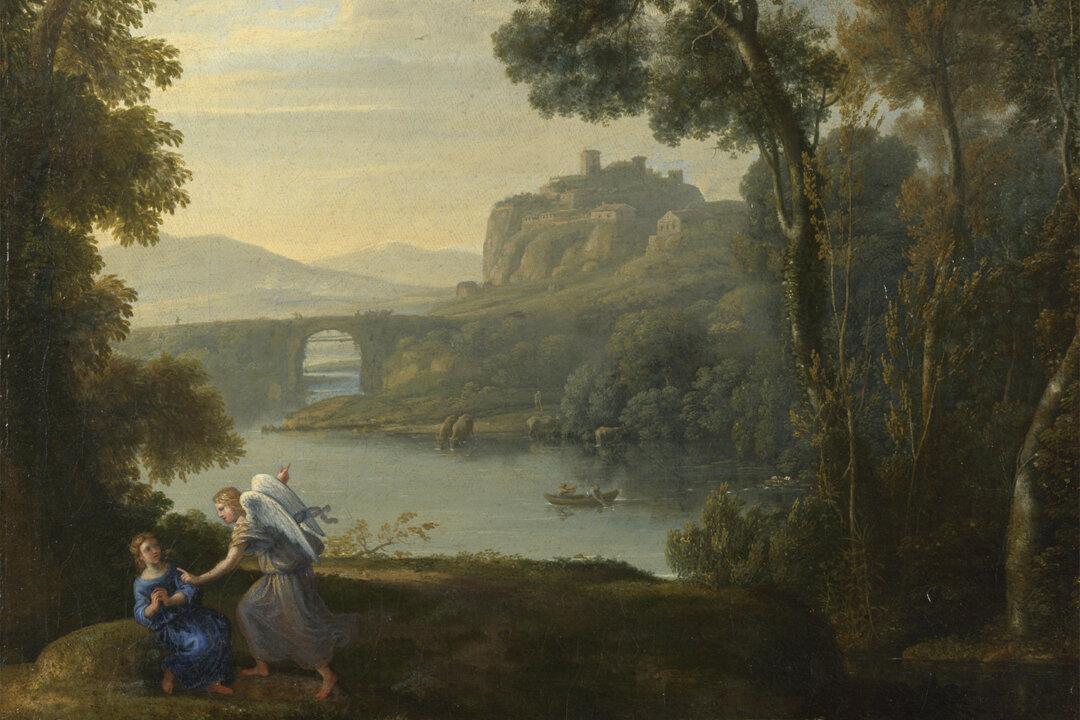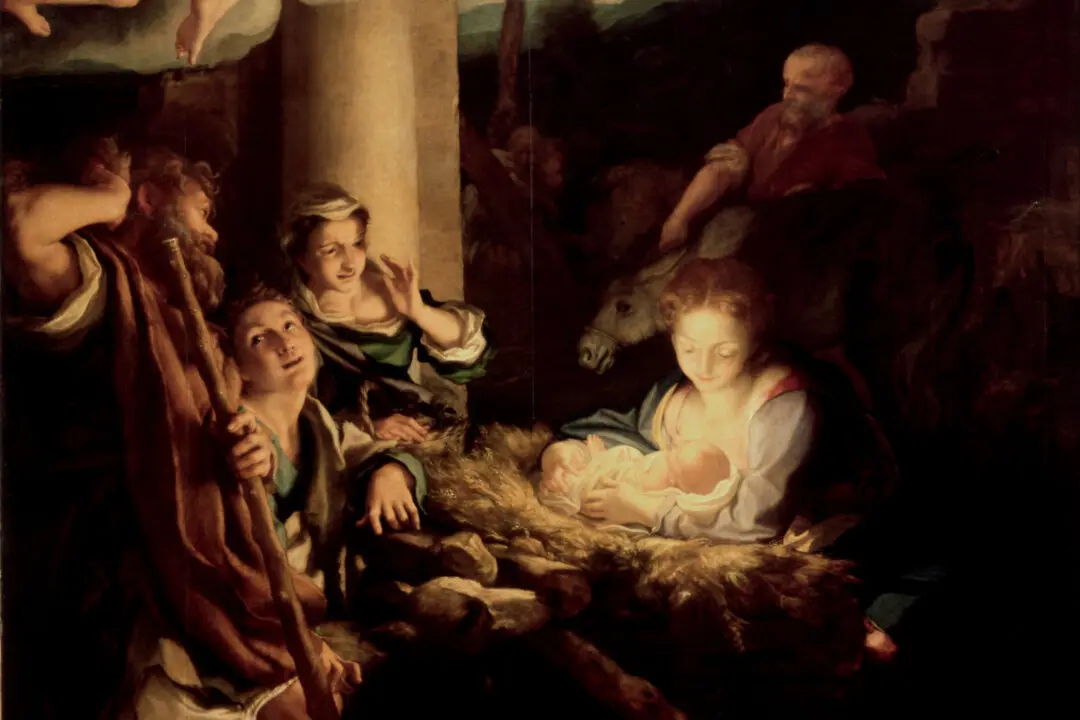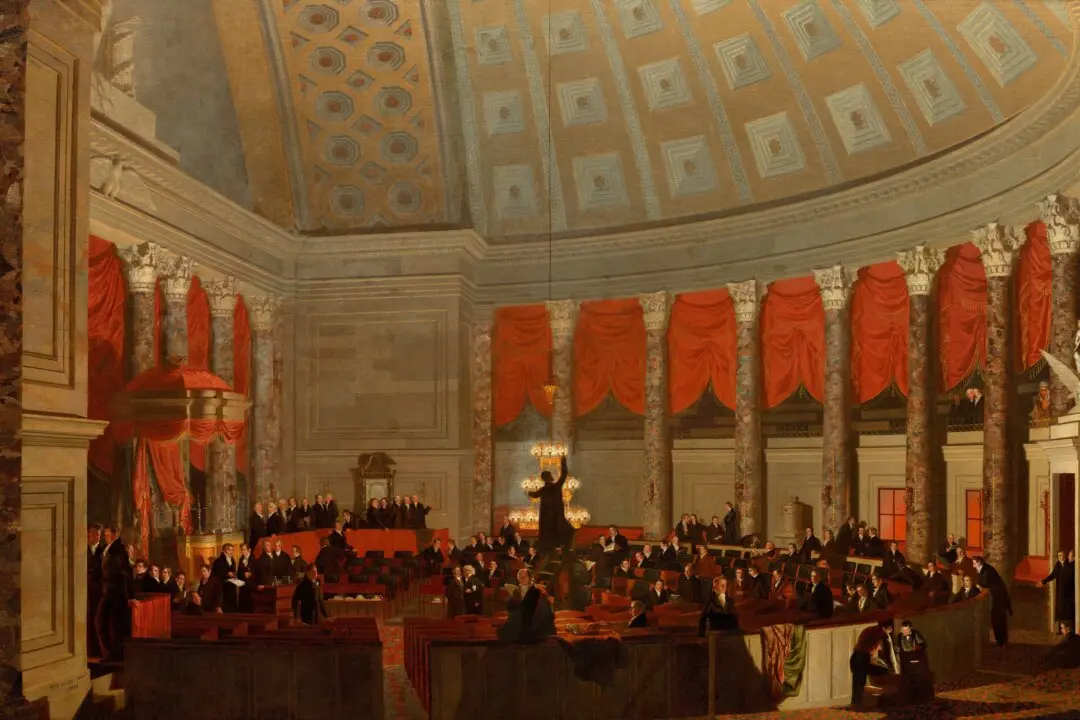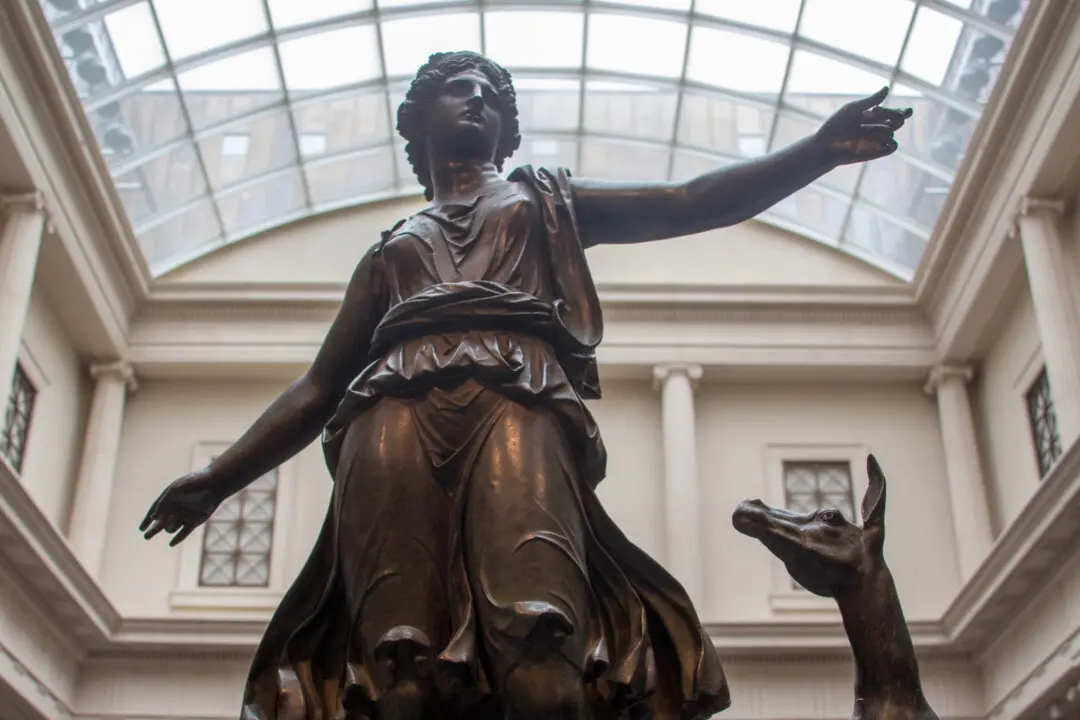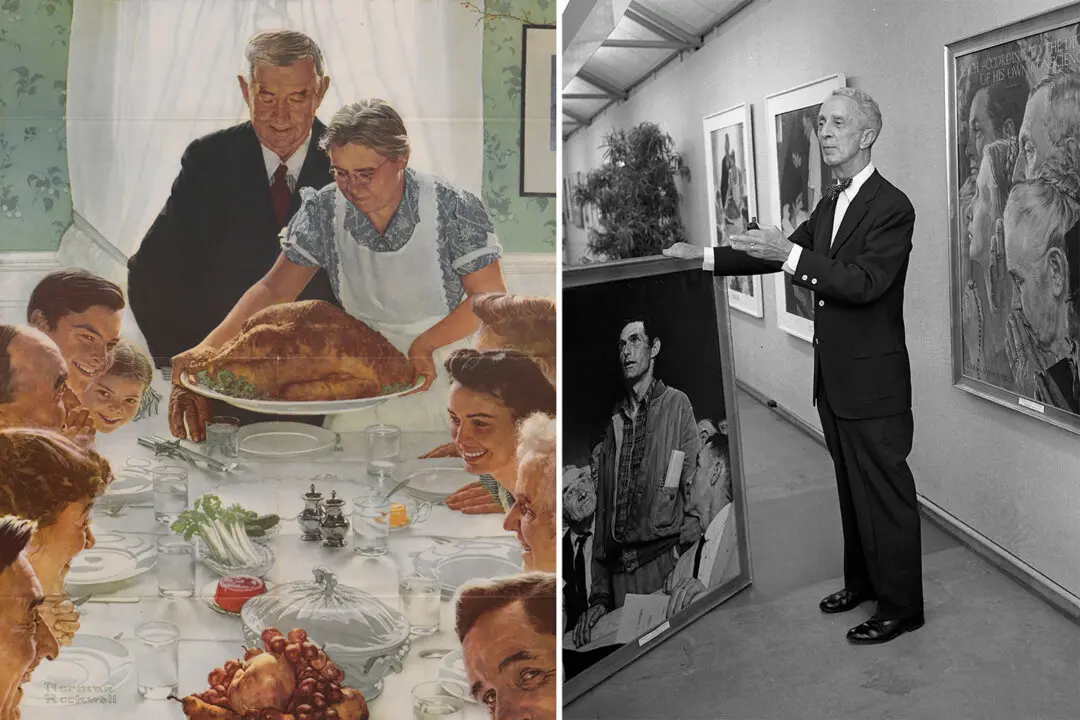The 17th-century artist Claude Lorrain (circa 1604–1682) is considered the father of European landscape painting. The artist’s transcendent ability to capture naturalistic details—particularly light—sets his work apart. Highly esteemed by his contemporaries, Claude’s collectors created actual physical landscapes inspired by his oeuvre.
Beautiful paintings such as “Landscape with Hagar and the Angel” led to the creation of a garden aesthetic that is quintessentially English and influential throughout the world.

